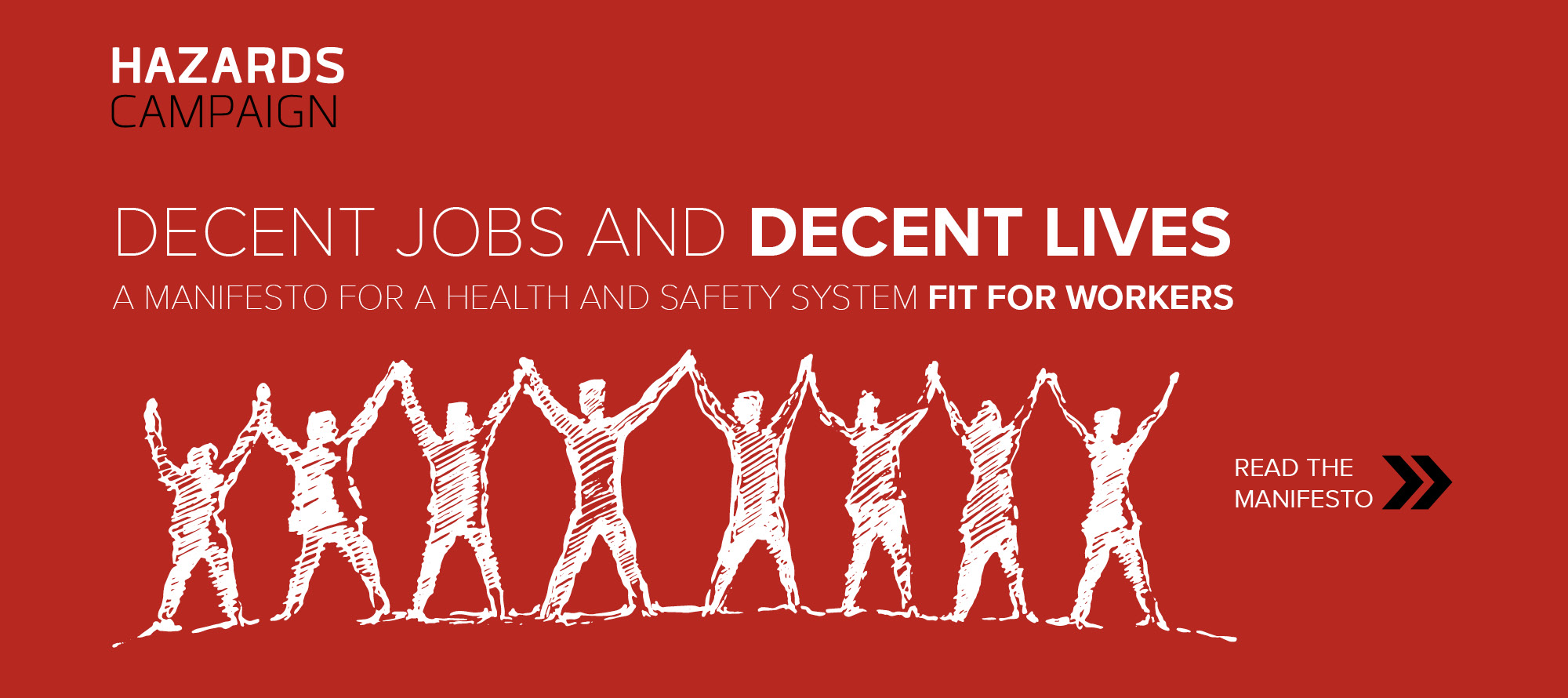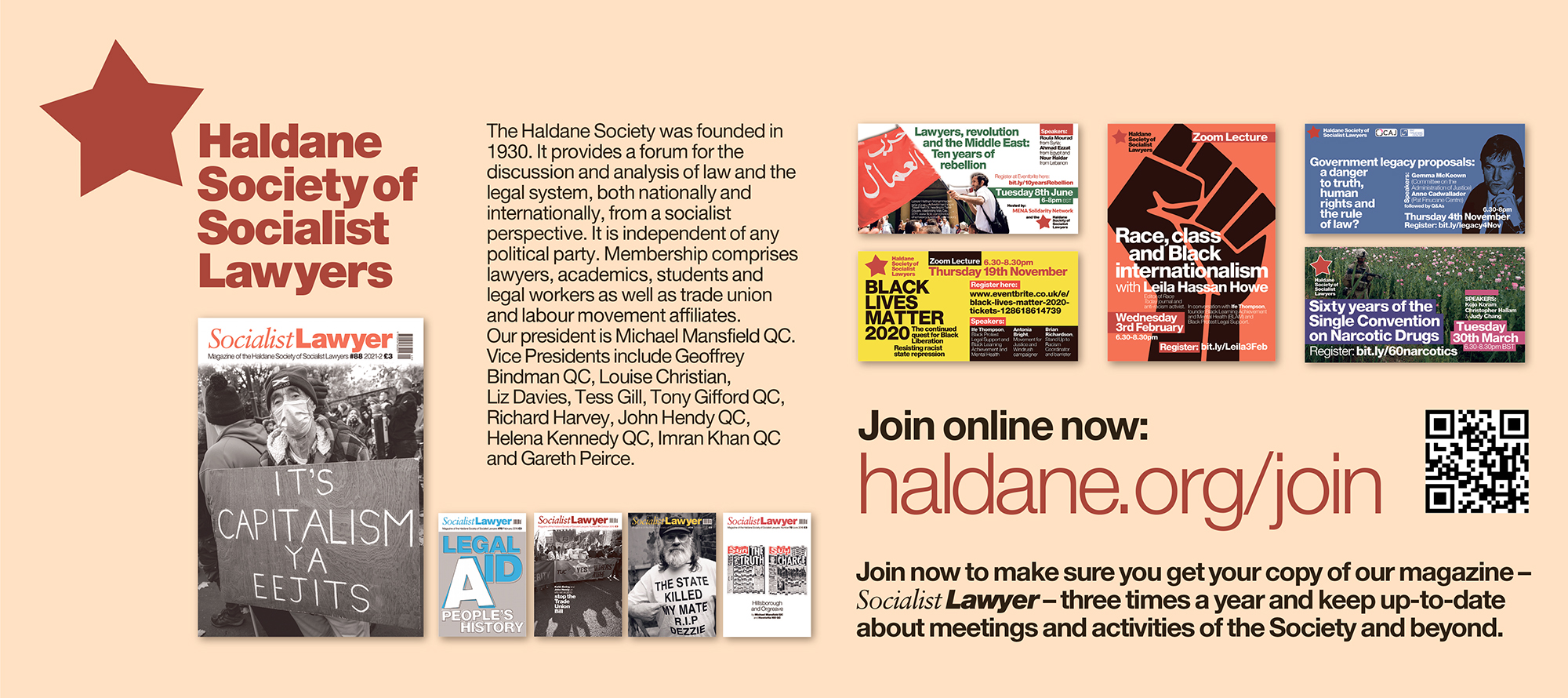Professor Alan Bogg
Alan Bogg is Professor of Labour Law at Bristol University and Barrister at Old Square Chambers
Michael Ford
Professor Michael Ford QC joined the Bristol law School in 2015 and specialises in labour law, human rights and public... Read more »











A Right to Switch Off in the UK: Two Options for Implementation